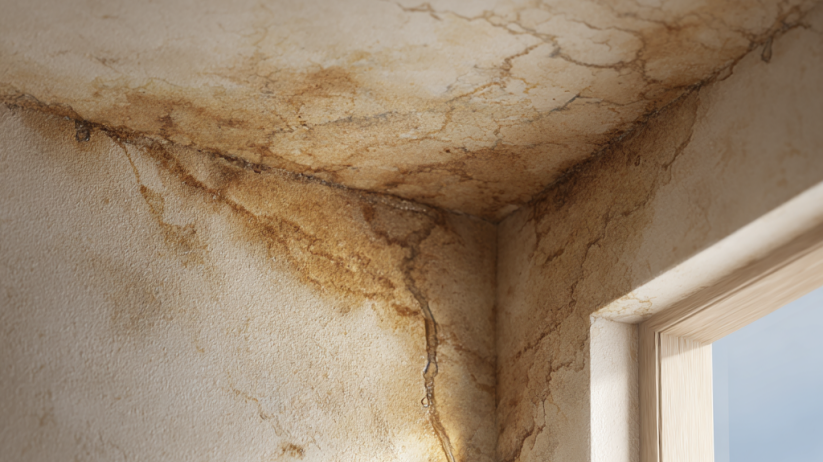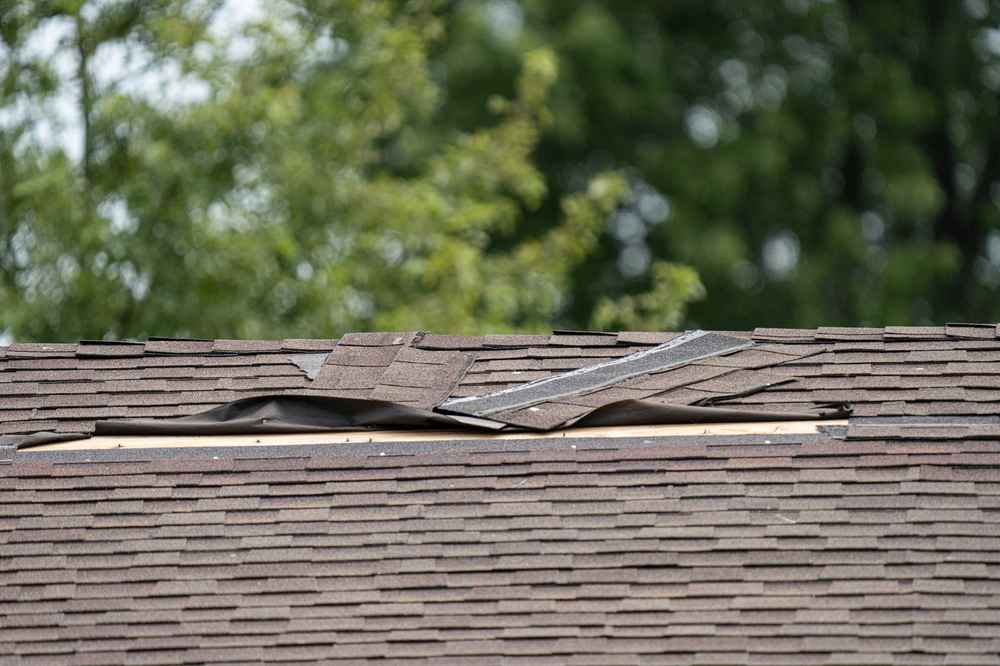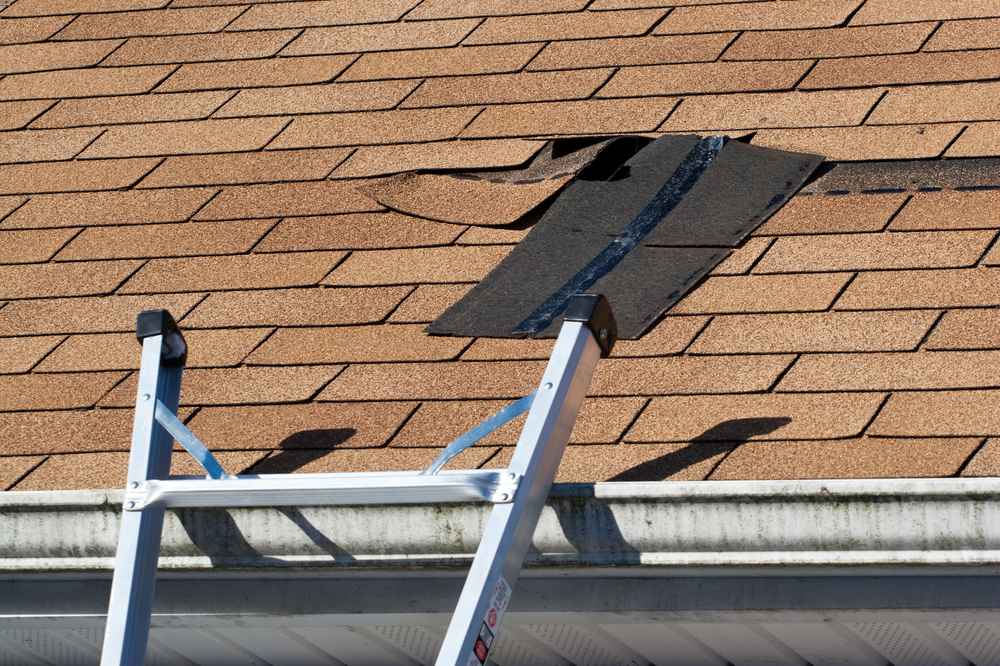There’s nothing quite like that sinking feeling when you spot a brown stain spreading across your ceiling, or worse—hear the slow plink, plink of water dripping from above. Maryland homeowners know that between heavy summer storms, winter freezes, and salty coastal moisture, roofs here get put through the wringer.
A small leak may not seem like much at first, but give it a little time and suddenly you’re staring down warped drywall, moldy insulation, ruined floors, and repair bills that make you wince. The good news? Many leaks start small and can be stopped before they turn into a full-blown headache.
Let’s walk through how to spot roof leaks early, what causes them, and how to get them fixed right—without wasting time or money.
What Causes Roof Leaks in Maryland?
Roofs don’t start leaking for no reason. Maryland’s mix of humid summers, storm seasons, and freeze-thaw cycles gives roofs a workout. Some of the most common culprits include:
- Damaged or missing shingles
- Cracked flashing
- Worn pipe boots
- Clogged gutters pushing water under shingles
- Ice dams forming along the roof edge in winter
- Aging roof materials that simply give out over time
If you’re thinking, “My roof looks fine from the ground,” remember—most leaks start in places you can’t see without getting up close. And no, we’re not recommending homeowners start climbing ladders in flip-flops. That’s how emergency rooms stay busy.

How to Spot a Roof Leak Before It Gets Ugly
Sometimes leaks make themselves obvious. Other times, they hide. Here’s where to look:
Inside Your Home
Check for:
- Ceiling stains or bubbling paint
- Damp or peeling drywall
- Musty smells in attic or upper rooms
- Light shining through attic roof boards
- Damp insulation
A roof leak doesn’t always drip straight down. Water travels along framing and beams before dropping someplace completely different from the entry point. That’s why DIY “find the hole and patch it” often falls short.
Outside Your Home
From the ground, look for:
- Missing or lifting shingles
- Bent, cracked, or rusty flashing around chimneys and vents
- Overflowing or sagging gutters
- Granule piles near downspouts (a sign shingles are wearing out)
If everything looks fine but you still suspect a leak, don’t ignore your gut. Problems rarely fix themselves, and roof leaks love making a quiet mess before showing their face.
Maryland’s Weather & Roof Leaks: A Tough Combo
Living in Maryland means dealing with a bit of everything—coastal storms, heavy rain, snow, hail, and humidity thick enough to chew. Roofs fight these battles daily.
Here’s how our regional weather plays into leaks:
- Heavy Rain & Hurricanes: Wind-driven rain sneaks under loose shingles or flashing.
- Freeze-Thaw Cycles: Water seeps into cracks, freezes, expands, and breaks roofing materials apart.
- Summer Heat: UV rays weaken shingles over time.
- Humidity & Coastal Air: Speeds up roof material deterioration and encourages mold.
A roof that never gets inspected is a roof begging to leak.
DIY Leak Check vs. Calling a Pro
There’s no shame in wanting to handle minor fixes yourself, but roof leaks aren’t the place to gamble. Water doesn’t like to play fair.
What You Can Do Yourself
- Remove debris from gutters
- Look for visible missing shingles
- Check attic insulation for dampness
- Place buckets & tarp areas if water is actively leaking
- Seal tiny gaps with exterior-grade caulk as a temporary measure
What You Should Leave to Professionals
- Roof climbing & on-surface inspections
- Flashing and chimney seal repairs
- Shingle or roof membrane replacement
- Underlayment and decking repairs
- Mold-related fixes
A professional roofer has safety gear, trained eyes, and tools to trace water back to its real source—not where it shows up.
Common Roof Leak Fixes
Every leak comes with its own cause and solution, but here’s what often needs to be done:
| Problem | Fix |
| Loose or damaged shingles | Replace shingles + secure seal |
| Cracked chimney flashing | Reseal or replace flashing |
| Worn pipe boot | Replace boot and seal joints |
| Clogged gutters causing overflow | Gutter cleaning + check for rot |
| Roof aging, curled shingles | Repair if minor, replace if widespread |
If you’re thinking, “Can’t I slap some sealant up there?”—you’re not alone. But quick fixes often trap moisture and cause bigger damage later. The right repair is the one that solves it for good, not just for the week.

Prevent Roof Leaks With Simple Maintenance
A few smart habits help your roof stay strong and leak-free:
- Inspect your attic every couple of months
- Keep gutters clear year-round
- Have your roof professionally inspected once per year
- Trim branches near the roofline
- After big storms, check for shingle debris in your yard
Homeownership isn’t always glamorous, but catching issues early? That’s winning.
When a Leak Means It’s Time for a New Roof
Not every leak calls for a full replacement, but sometimes patching becomes a band-aid on a sinking ship. Signs you may be due for a new roof:
- Shingles cracking or curling across large areas
- Roof over 20 years old
- Frequent leaks or repairs
- Moss growth or soft, spongy spots
A good roofer will tell you honestly whether repair or replacement makes the most sense. You shouldn’t feel pressured—just supported with clear facts.
Protect Your Home—Call Maryland’s Roof Leak Experts
A roof leak doesn’t care about your schedule, your budget, or how badly you want to ignore that water stain. But with the right help, you can stop damage early, protect your home, and breathe easy again.
If you’re seeing signs of a leak—or want a professional eye on your roof before one starts—Mars Restoration in Maryland has you covered. Our team handles inspections, repairs, and full replacements with honest advice, clear pricing, and craftsmanship that stands up to Maryland’s weather.
Stop the drip before it becomes a disaster. Contact Mars Restoration today for expert roof leak repair in Maryland and peace of mind that your home is protected.



